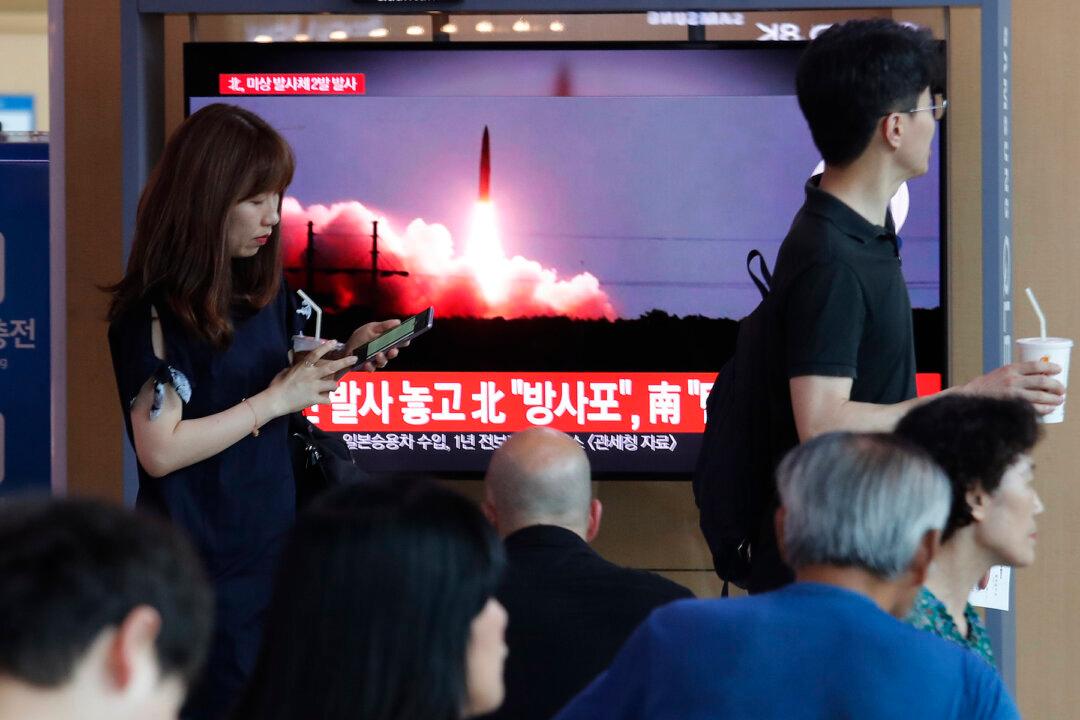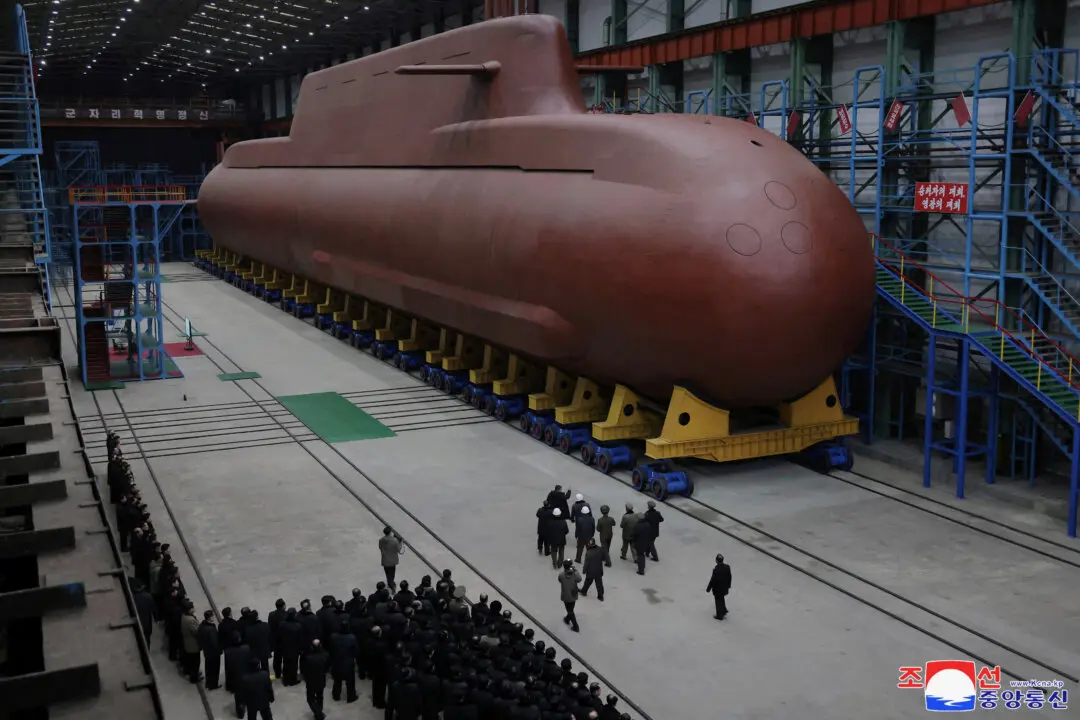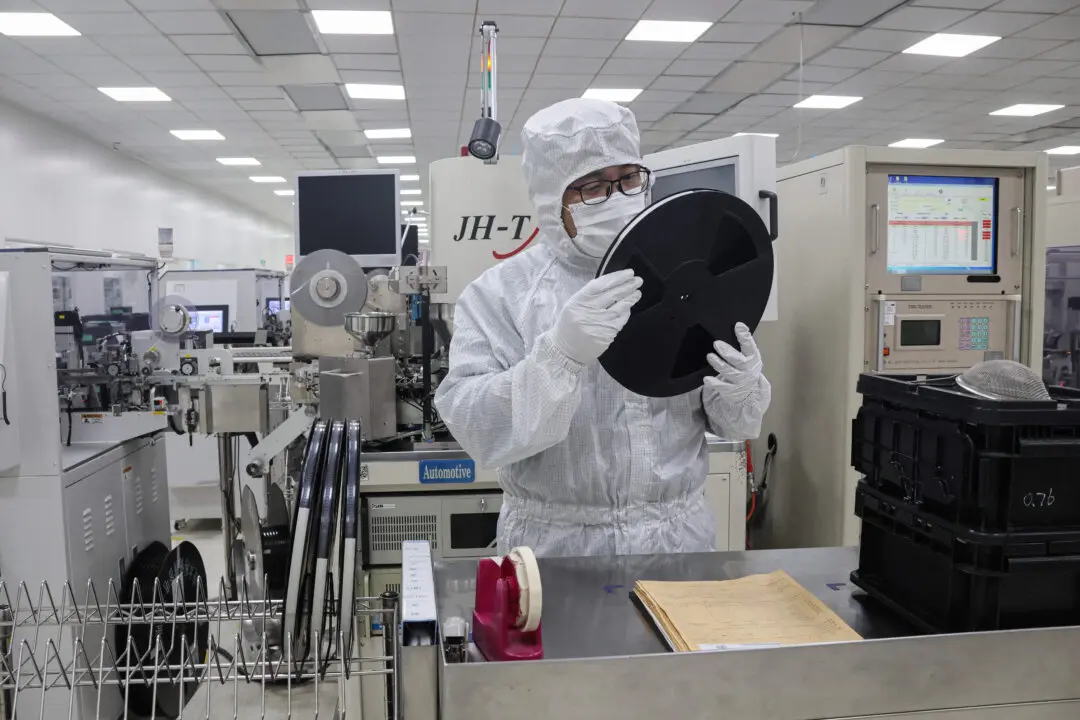Commentary
Though North Korea has held to its pledge not to test long range ballistic missiles like its estimated 13,000 kilometer (km) range liquid fueled Hwasong-15 intercontinental ballistic missile (ICBM), it has instead revealed new solid-fuel ballistic missiles that could form the basis for even greater ICBM threats.





